This history offers what no academic treatment of the subject can: passion and the wisdom of experience.
Roberto Lovato, New America Media
Told in the voice of the voiceless Flight to Freedom brings alive an epic human journey. This book teaches us important lessons about community organizing and empowerment, and the capacity of the human spirit to endure and prevail.
Michele Prichard, Director of Change Initiatives,
Liberty Hill Foundation, Los Angeles
This is an important story that must be told. Flight to Freedom documents the impressive community-building efforts of the Salvadoran community to gain freedom and have a strong presence in their new adopted land. In Los Angeles they now represent a vibrant segment of the local populace and their contribution to this nation continues to evolve and will surely reinforce the multicultural strength that is the foundation of the United States.
Ed P. Reyes, Los Angeles City Councilman
Flight to Freedom
The Story of Central American Refugees in California
Edited by
Rossana Prez with
Henry A. J. Ramos
English translation by Carolina Villarroel

This volume is made possible through grants from the Charles Stewart Mott Foundation, the City of Houston through the Houston Arts Alliance, the Exemplar Program, a program of Americans for the Arts in collaboration with the LarsonAllen Public Services Group, funded by the Ford Foundation, the James Irvine Foundation, and the Rockefeller Foundation.
Recovering the past, creating the future
University of Houston
Arte Pblico Press
452 Cullen Performance Hall
Houston, Texas 77204-2004
Cover design by Exact Type
Photos courtesy of Marvin Andrade, Director of CARECEN; Oscar Lpez, Human Resource Coordinator at Clnica Msg. Oscar A. Romero; Roco Veliz, Technology Coordinator at CARECEN; and Carlos Vaquerano.
Prez, Rossana
Flight to freedom: the story of Central American refugees in California / by Rossana Prez; edited, with an introduction, by Henry A. J. Ramos; English translation by Carolina Villarroel.
p. cm.
ISBN: 978-1-55885-329-4 (alk. paper)
1. RefugeesUnited StatesCalifornia. 2. RefugeesCentral AmericaInteviews 3. RefugeesEl SalvadorInterviews. 4. RefugeesServices forUnited StatesCalifornia. I. Ramos, Henry, 1959-II. Title.
HV640.4.U54P47 2007
305.868728407940922dc22
2007019240
CIP
 The paper used in this publication meets the requirements of the American National Standard for Information SciencesPermanence of Paper for Printed Library Materials, ANSI Z39.48-1984.
The paper used in this publication meets the requirements of the American National Standard for Information SciencesPermanence of Paper for Printed Library Materials, ANSI Z39.48-1984.
2007 by Rossana Prez
Printed in the United States of America
7 8 9 0 1 2 3 4 5 6 10 9 8 7 6 5 4 3 2 1
For Sara, Tonatiuh and Sage.
They are the light of the future.
Acknowledgments
I would like to express my gratitude to the people and organizations that helped bring this book to light with their trust, counsel and support. To Henry A. J. Ramos, principal editor, for his patience and guidance through the process; to Roberto Lovato for his insights and recommendations; to Carlos Vaquerano for his support in contacting the participants in the Bay Area; to Marvin Andrade and Rocio Veliz from CARECEN, for their kindness in allowing me to look into their photo archives; to Ricardo Garcia OMeiney for his art work, to Dr. Nicols Kanellos and Gabriela Baeza Ventura of Arte Pblico Press, for their ongoing support; to Anne Mello for conducting my interview; to Sara E. Aguilar, my oldest daughter, for not being afraid to correct my grammar; and to my husband, Michael, for his kindness in helping me at each step of this process.
Finally, I thank Javier Huete, Alicia Mendoza, Carmen Alegra, Carlos Antonio Hernndez Vaquerano, Isabel Beltrn Orantes, Eduardo Antonio Gonzlez Martnez and Juan Ramn Cardona for sharing their stories with me and making the dream of this book a reality.
Table of Contents
by Irma Rossana Prez
by Henry A. J. Ramos
Preface
As I reflect on the stories of the eight participants featured in the anthology that follows, I recall when I started to think about writing a book about Salvadorans in California. It was the summer of 2004. I was persuaded that there were many powerful yet untold stories residing among the various Salvadoran community leaders around the state of California. I felt strongly that if these stories could somehow be made public it would greatly increase appreciation of our communitys many contributions to American civic culture. To gain support for my idea, I reached out to Roberto Lovato, the former executive director of CARECEN, Los Angeless leading Central American community advocacy organization. Roberto responded enthusiastically to my idea. He even shared with me his own long-held desire to put together a book about the emerging Salvadoran American population, which he agreed had been grossly under-chronicled in books written about the violence and unrest that rocked El Salvador and brought over a million refugees to California and other states in the 1980s. Roberto, now a contributing editor with New America Media in New York, confirmed my conviction that a book about the Salvadoran American communitys recent experiences in the United States would be an important addition to the public record.
By October we had scheduled a meeting to discuss further the prospects of producing a first voice book about Salvadorans in the United States with Henry A. J. Ramos, editor of the Arte Pblico Press Hispanic Civil Rights Series, and Carlos Vaquerano, another former CARECEN executive who is now running the Salvadoran American Leadership Education Fund (SALEF). They both liked the idea and Henry asked me to send him something in writing at my earliest convenience. He also designated me as the project principal to develop and complete a set of interviews with leading Salvadorans who had been among the first generation of refugees to leave El Salvador in search of a better life in California. By December we had put together a project proposal, for which Henry helped us to gain approval and funding through Arte Pblico Press under the direction of Dr. Nicols Kanellos at the University of Houston.
With the project approved, I began 2005 working hard to develop a list of prospective interviewees and a questionnaire, which I shared with different people in the community for input. Using a standard question set was intended to facilitate the flow of the interviews conducted and to logically inform the books contents. Of course, by definition, the stories are different by virtue of the interviewees variations in age, geographical origins in El Salvador and diverse dates of arrival in the United States. But the use of a common question set enabled us finally to weave together commonalities in perspective on the Salvadoran experience in California that lift up shared lessons for all of us to consider when reflecting upon the larger context that informed their flight to the United Statestheir flight to freedom.
During the first months of 2005, I completed agreements with seven other individuals to complete interviews for the anthology. This was an extraordinary process. To begin, I made a conscious decision to select people who were pioneers in forming Californias leading Central American community organizations, particularly during the early years, in the 1980s. In selecting interview subjects, moreover, I wanted to highlight individuals who continued to work in the community at some level. Carlos Vaquerano suggested early on that we should talk to several leaders from San Francisco: Carmen Alegra, Alicia Mendoza and Ramn Cardona. Following Carlos instincts, we flew up together from Los Angeles on a weekend in early March and met with these leading Salvadoran community advocates at a Mexican restaurant in Oakland. After a couple of hours, we all agreed that I would come back soon to formally interview them for the book.
Next page

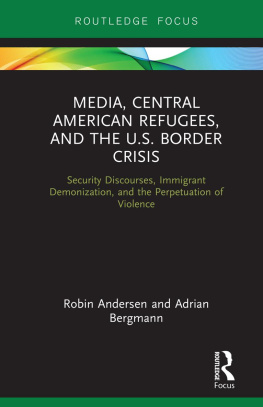
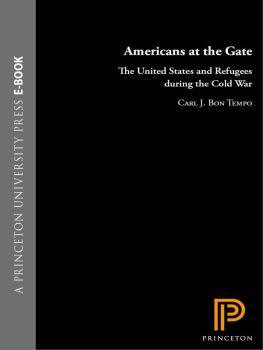
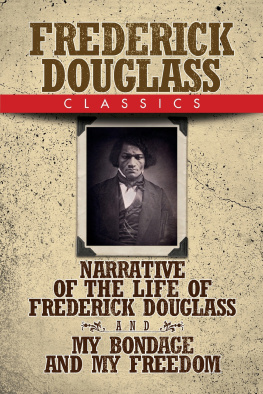
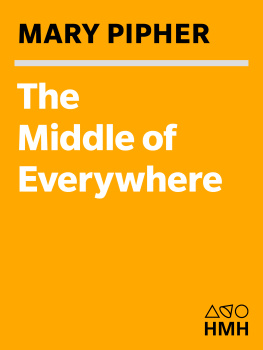

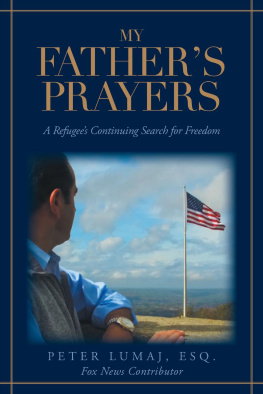
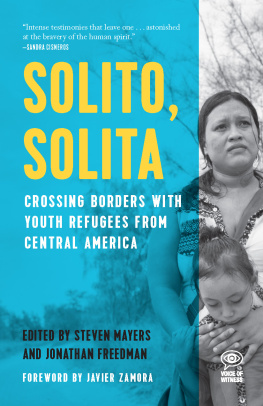
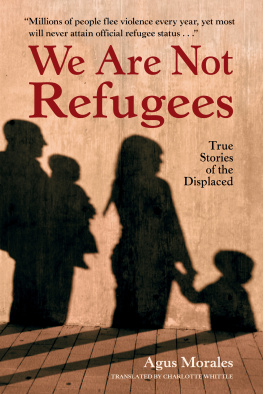

 The paper used in this publication meets the requirements of the American National Standard for Information SciencesPermanence of Paper for Printed Library Materials, ANSI Z39.48-1984.
The paper used in this publication meets the requirements of the American National Standard for Information SciencesPermanence of Paper for Printed Library Materials, ANSI Z39.48-1984.